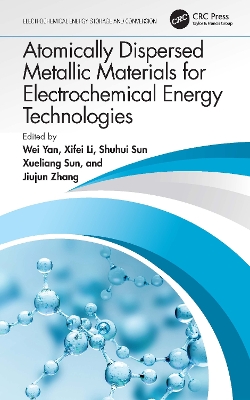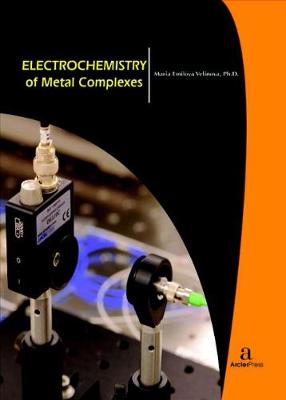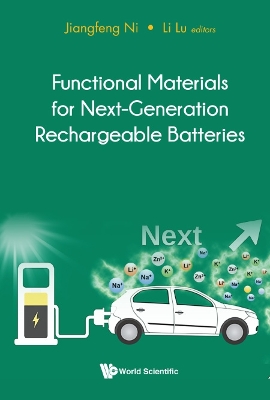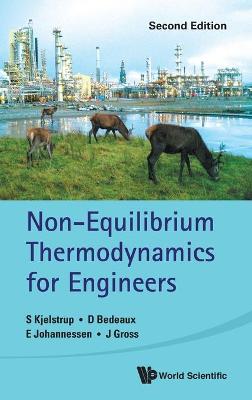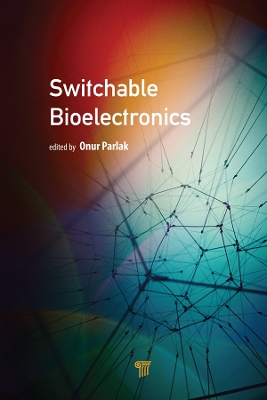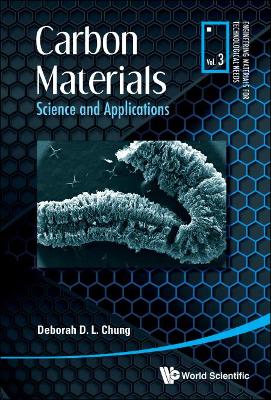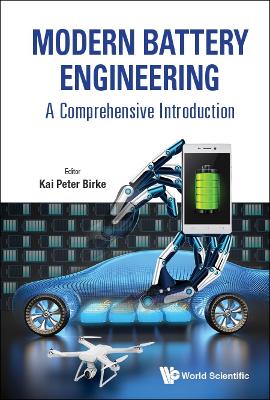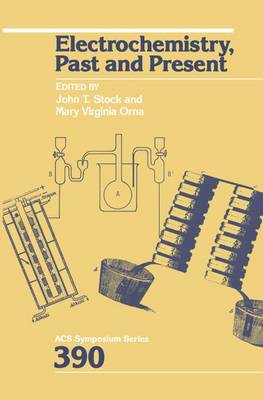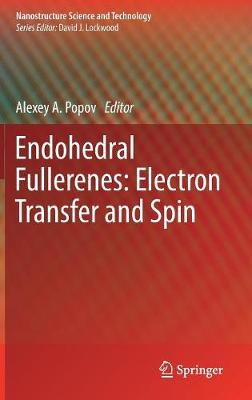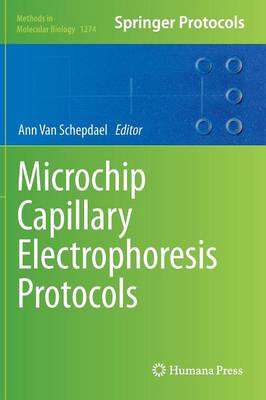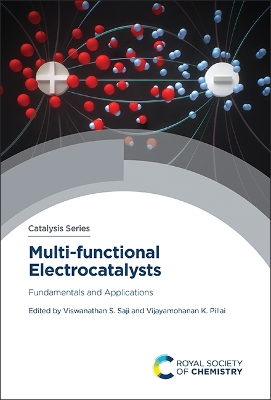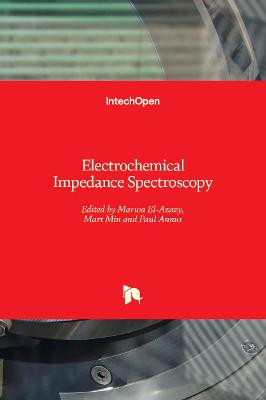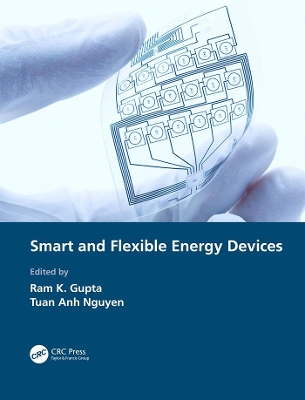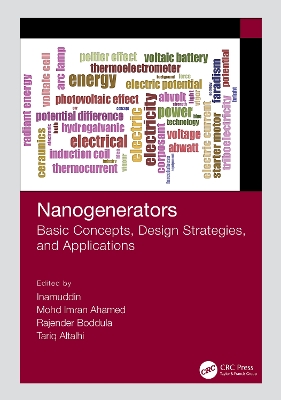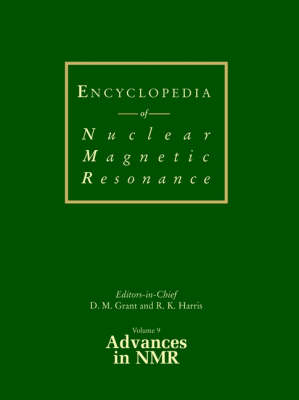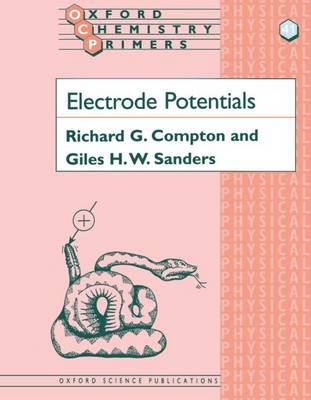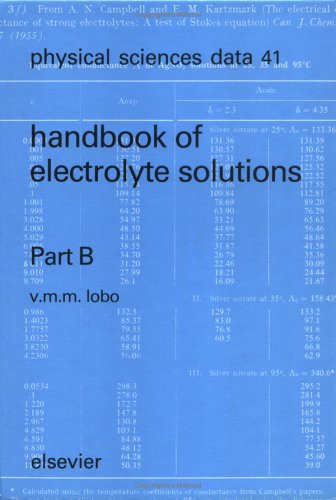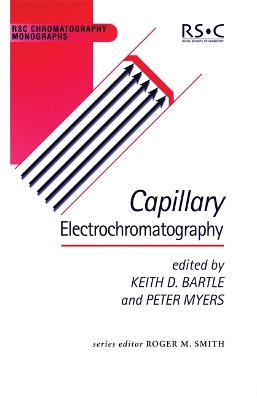Atomically dispersed metallic materials (ADMMs) are the most advanced materials used in energy conversion and storage devices to improve their performance for portable electronics, electric vehicles, and stationary power stations. Atomically Dispersed Metallic Materials for Electrochemical Energy Technologies aims to facilitate research and development of ADMMs for applications in electrochemical energy devices. It provides a comprehensive description of the science and technology of ADMMs, incl...
Massanalyse (Sammlung Goeschen, 221/221a) (Sammlung Goeschen, #8221)
by Gerhart Heinz Jander Knoll
Electrochemistry of Metal Complexes
Electrochemistry has been undergoing noteworthy transformations in the last few decades. Such evolution is due to a number of possibility and applications of its methods in the industry, medicine and in the field of analysis. The book focus on the recent trends and achievements connected to electrochemical processes involving metal complexes.The first part of the book deals with important aspects of electroplating, including a discussion of co-deposition of metals and formation of alloys. All th...
Over-consumption of fossil fuels has caused deficiency of limited resources and environmental pollution. Hence, deployment and utilization of renewable energy become an urgent need. The development of next-generation rechargeable batteries that store more energy and last longer has been significantly driven by the utilization of renewable energy.This book starts with principles and fundamentals of lithium rechargeable batteries, followed by their designs and assembly. The book then focuses on th...
Non-equilibrium Thermodynamics For Engineers
by Signe Kjelstrup, Dick Bedeaux, Eivind Johannessen, and Joachim Gross
Kjelstrup, Bedeaux, Johannessen, and Gross describe what non-equilibrium thermodynamics is in a simple and practical way and how it can add to engineering design. They explain how to describe proper equations of transport that are more precise than those used so far, and how to use them to understand the waste of energy resources in central process units in the industry. The authors introduce the entropy balance as an additional equation to use in engineering; to create consistent thermodynamic...
Switchable Bioelectronics
This book reviews the rapidly emerging field of switchable interfaces and its implications for bioelectronics. The authors piece together early breakthroughs and key developments and highlight the future of switchable bioelectronics by focusing on bioelectrochemical processes based on mimicking and controlling biological environments with external stimuli as well as responsive systems for drug delivery. All chapters in the book strive to answer the fundamental question: How do living systems pro...
Carbon Materials: Science And Applications (Engineering Materials For Technological Needs, #3)
by Deborah D. L. Chung
'The field of carbon materials is huge and often difficult to comprehend, but this book is easy to read and methodically covers the subject, including presenting materials properties and performance data with clear illustrations and graphs. References include relevant older and up-to-date sources of information. The book is tutorial style in nature and is an excellent resource for senior undergraduates, graduate students, researchers, and anyone who wants to learn more about carbon and incorpora...
Modern Battery Engineering: A Comprehensive Introduction
'This is a book primarily for engineers and materials scientists either researching or developing Li-ion energy storage batteries who want to understand some of the critical aspects of Li-ion battery technology and gain knowledge about the latest engineering designs and latest materials being used in Li-ion batteries. Good technical depth, many tables of data, and many illustrations combined with references at the end of each chapter for further in-depth study make this book worth reading to gai...
Electrochemistry, Past and Present (ACS Symposium, #390)
Here in one volume is a unique review addressing major events—both past and present—in electrochemistry. Thirty-nine chapters focus on topics including the foundations, organic and biochemical electrochemistry, electroanalytical chemistry, and industrial electrochemistry. Also covers electrosynthesis, electrode systems and pH measurement. Numerous photographs and biographical chapters are included on some of the noted electrochemists.
Electrochemistry and Clean Energy (Special Publications)
Electrochemistry and Clean Energy looks at key areas of this increasingly important topic. It covers fuel cells (for generating energy from hydrocarbons more cleanly and efficiently), solar cells (for creating electricity without any pollution), rechargeable batteries (that are long lasting, non-bulky and fast charging, for zero emission vehicles), and the photocatalytic detoxification of water (to degrade complex organic pollutant molecules). It places the emphasis on the chemistry of these tec...
Endohedral Fullerenes: Electron Transfer and Spin (Nanostructure Science and Technology)
This book discusses recent progress in endohedral fullerenes – their production and separation techniques, as well as their characterization and properties. Furthermore, the book delves into the all-important issue of stability by investigating electron transfer between the encapsulated metal species and the carbon cage. It also reviews spin-based phenomena caused by the shielding of endohedral spin by the fullerene, and analyzes formation of the spin states by charge transfer as studied by elec...
Microchip Capillary Electrophoresis Protocols (Methods in Molecular Biology, #1274)
In this volume expert researchers in the field detail the operations of microchip capillary electrophoresis. Chapters focus on small molecule, biomolecule applications, various detection modes, and sample preparation approaches are described. Written in the highly successful Methods in Molecular Biology series format, chapters include introductions to their respective topics, lists of the necessary materials and reagents, step-by-step, readily reproducible laboratory protocols, and key tips on t...
Multi-functional Electrocatalysts (Catalysis, Volume 46)
Multifunctional electrocatalysts are highly unique in that they display features that include the presence of multiple active sites that can simultaneously catalyse two or more different electrochemical reactions. They are particularly crucial for solving several pressing challenges and consequently are a priority in developing contemporary sustainable energy conversion and storage systems, such as fuel cells, metal–air batteries and electrolysers for green hydrogen production. This book will se...
Electrochemical Impedance Spectroscopy
Smart and Flexible Energy Devices
The scientific community and industry have seen tremendous progress in efficient energy production and storage in the last few years. With the advancement in technology, new devices require high-performance, stretchable, bendable, and twistable energy sources, which can be integrated into next-generation wearable, compact, and portable electronics for medical, military, and civilian applications. Smart and Flexible Energy Devices examines the materials, basic working principles, and state-of-th...
Nanogenerators
This book provides an in-depth review of the history, fundamental theory, design strategies, and applications of nanogenerators. Working principles, device mechanisms, material characteristics, types of nanogenerators, and their different uses are fully explored. Top researchers in the field of sustainable technology from different backgrounds and fields contribute their expertise to deliver a must-have practical resource for students, academic researchers, and industry professionals. FEATURES...
Encyclopedia of Nuclear Magnetic Resonance, Volume 9
The content of this volume has been added to the online reference work Encyclopedia of Magnetic Resonance. For further information see Encyclopedia of Magnetic Resonance. As a stand alone volume, Advances in NMR comprehensively highlights the rapid progress of nuclear magnetic resonance over the last five years. Features 66 articles on the latest major advances in NMRWritten by over 80 internationally recognised experts With over 900 pages, illustrated extensively throughout, and an easy to read...
New Trends and Approaches in Electrochemical Technology
Electrode Potentials (Oxford Chemistry Primers, #41)
by Richard G. Compton and Giles H. W. Sanders
This primer seeks to provide an introduction to the science of equilibrium electrochemistry; specifically it addresses the topics of electrode potentials and their applications. It builds on a knowledge of elementary thermodynamics giving the reader an appreciation of the origin of electrode potentials and shows how these are used to deduce a wealth of chemically important information and data such as equilibrium constants, the free energy, enthalpy and entrophy changes of chemical reactions, ac...
Modern Electroorganic Chemistry (Springer Lab Manuals)
by Demetrios Kyriacou
Scientists and researchers in academia and the vast chemical and electrochemical fields will delight in reading this ready reference and textbook which covers the essence of electroorganic reactions from a synthetic perspective. The author gives a well-organized and succinct view of the many ways in which the electrochemical method of synthesis may be used as a valuable adjunct to conventional chemical (thermal or catalytic) methodology. The five chapters cover 1) a synoptic introduction to org...
Structures of Electrified Interfaces (Frontiers in Electrochemistry)
Handbook of Electrolyte Solutions Parts A and B (Physical Sciences Data)
by V M M Lobo
The development of science and technology demands precise data concerning the fundamental thermodynamic and transport properties of ionic solutions. Many fields, such as corrosion, pollution, food technology, biochemical phenomena, rates of reactions, etc., which involve such solutions, have been moving towards a more scientific treatment. Accordingly, the relevant fundamental parameters need to be known over a wider scale. Whereas some recent fields of science have information concentrated...
Capillary Electrochromatography (RSC Chromatography Monographs, Volume 7)
Capillary electrochromatography (CEC) is a new and exciting hybrid separation technique that seeks to exploit the combined advantages of both capillary electrophoresis (high efficiencies) and HPLC (mobile and stationary phase selectivity). It is a technique with tremendous potential, especially in the pharmaceutical and biomedical fields. This is the first book to be devoted to the topic and presents reviews by the world leaders in the field on the theory and development of the technique and cur...
